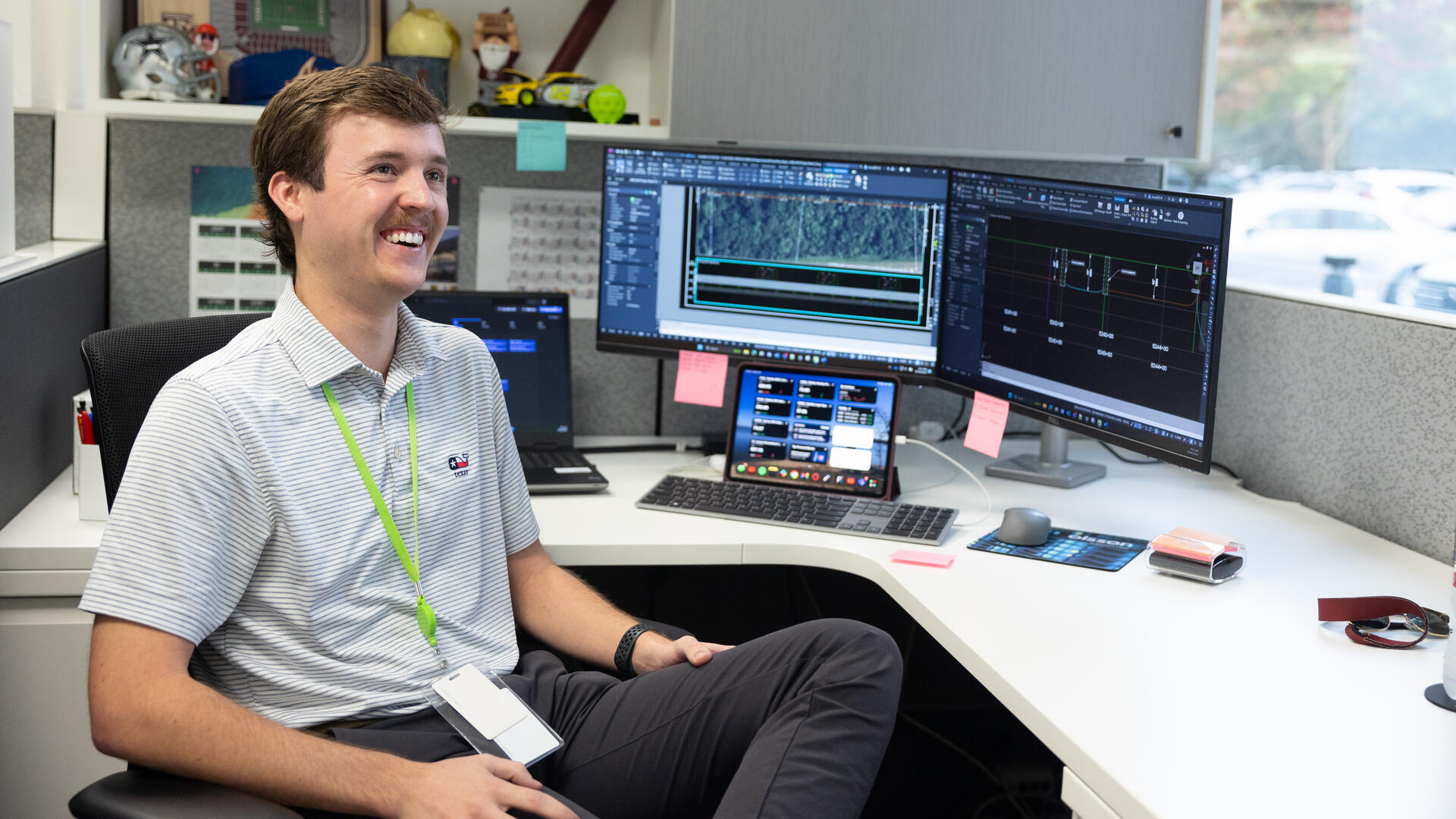Sports fans sometimes grumble about the middling free agent on their favorite ball club. You know, the late-career player who doesn’t perform like years ago but still cashes a mega paycheck.
Facility owners and operators might feel the same about energy systems that heat, cool, ventilate, and illuminate their buildings. Frequently they find their once high-efficiency systems don’t perform like they once did. Yet, many facility owners don’t know about a cost-effective way to restore system performance – retro-commissioning.
Retro-commissioning (RCx) services can identify and address the causes of underperforming energy systems and help building owners save money on utility costs. While potential savings vary, in one anecdotal case, a RCx analysis allowed a major facility to save more than $750,000 annually on energy costs. Research by some of the nation’s top energy laboratories has shown that RCx is one of the most cost-effective investments a building owner can make. And these benefits don’t apply just to extra-large buildings; much smaller facilities can reap improved system operation as well.
Below are a few RCx highlights pulled from the building upgrade manual of Energy Star, a program administered by the Environmental Protection Agency:
- The median cost of a RCx project is 27-cents per square foot.
- The simple payback period for a RCx project is about 8 ½ months.
- RCx projects achieve an average cost savings of 15 percent.
- Significant non-energy benefits include better indoor air quality, improved thermal comfort, longer life of HVAC equipment, and smaller carbon footprints for facilities.
RCx Defined
The U.S. Department of Energy defines commissioning (Cx) as an engineer-driven process intended to ensure a newbuilding performs according to design, contract documents, and the owner’s operational needs. Retro-commissioning involves the same process except that it applies to existing buildings, regardless of whether they were commissioned prior to construction.
Typically, an independent RCx agent conducts an analysis to identify the precise combination of operational adjustments, maintenance refinements, and equipment upgrades to restore system performance. The agent produces a detailed plan and oversees the recommended upgrades.
The RCx process can also prescribe ongoing maintenance regimens and training for system operators. These aspects of the service are effective in allowing mechanical and electrical systems to perform at top efficiency.
The Right Scenarios for RCx
RCx can benefit a range of building types and sizes, including high rises, data centers, laboratories, healthcare facilities, schools, arenas, performing arts centers, and hotels.
Major renovation, retrofitting, or changes in building occupancy present ideal times to conduct a RCx analysis. Building operators don’t have to wait until systems are aging, as RCx can produce cost savings a year or two after systems go online. Ultimately, RCx can be worthwhile any time a building operator notices an increase in utility costs, complaints about comfort, or issues with system performance.
We’ve also seen an emerging trend of communities requiring the use of RCx services to help meet energy efficiency goals.
Taking Advantage of Incentives
Financial incentives to encourage adoption of RCx were common more than a decade ago, driving greater demand for the service. While some of the simple incentive programs have been discontinued, other stimulus programs remain active.
Incentives can further improve return on investment for a RCx project. But even without them, retro-commissioning is a proven cost-beneficial way to ensure a facility’s HVAC systems perform as expected.

































.avif)





































.avif)























